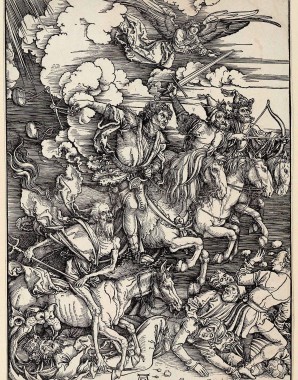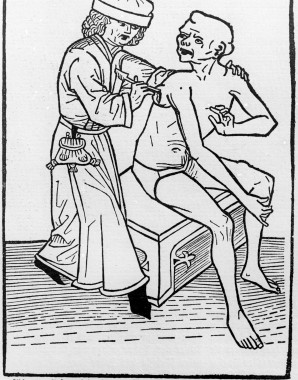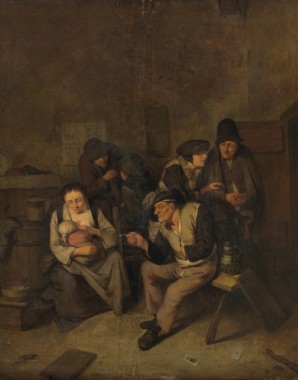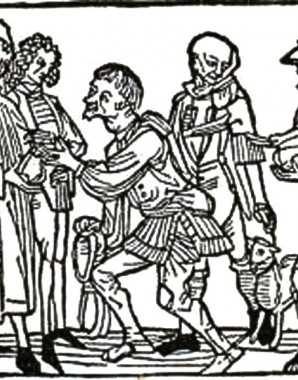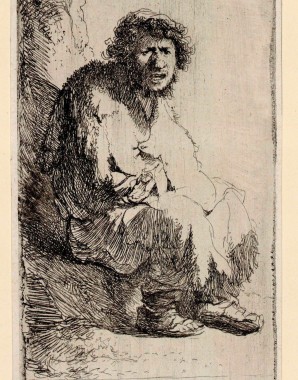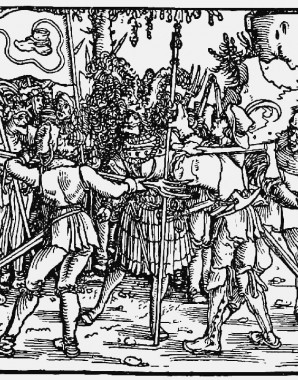Country Life in the Middle Ages
Of Plagues, Revolts and Country Folk
In the fourteenth century swarms of locusts, an earthquake and heavy rainfall led to numerous famines. In the middle of the century the plague arrived in Europe and cost the lives of around one-third of the continent’s population. One consequence was that large stretches of agricultural land were abandoned. As demand dropped so did the price of grain. At the same time the prices of commercial products and wages rose as a result of the shortage of labour. This led the manorial lords to pay attention to the welfare of their peasants, for example by promising to improve their legal position regarding rights of inheritance. However, from the second half of the fifteenth century there were also many occasions when the peasants revolted against moves by the manorial lords to extend their rights and to raise taxes and dues. Alongside the peasants lived a very diverse rural population, including the domestic servants and farmhands attached to a household or farm and legally subject to it, tenants, cotters and day-labourers, as well as the lower social orders such as vagrant beggars and the ‘unhoused’, who did not have a fixed residence.

